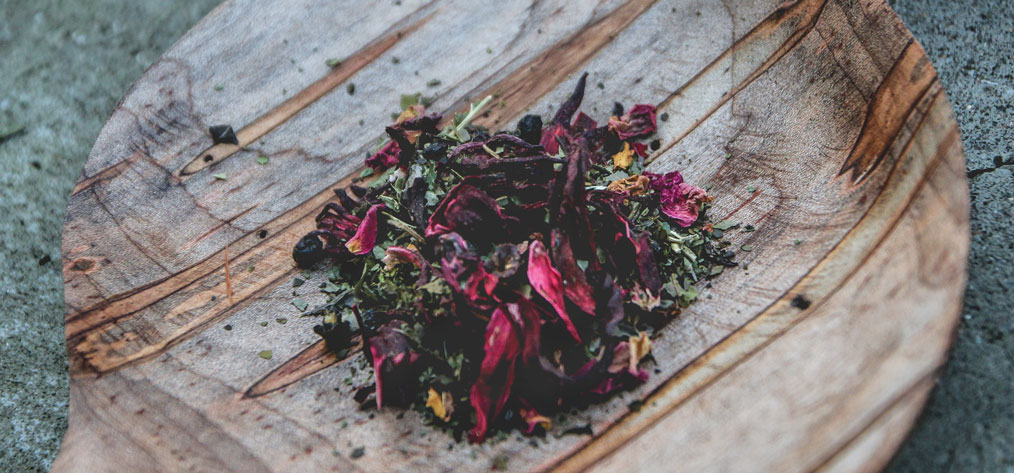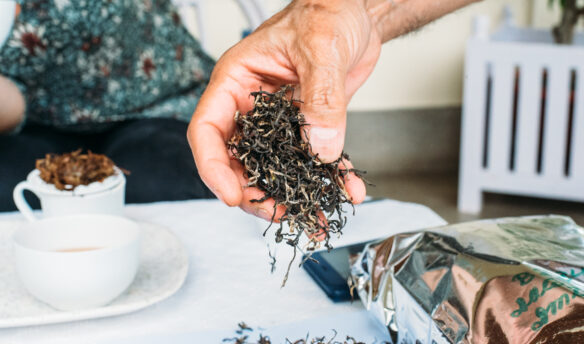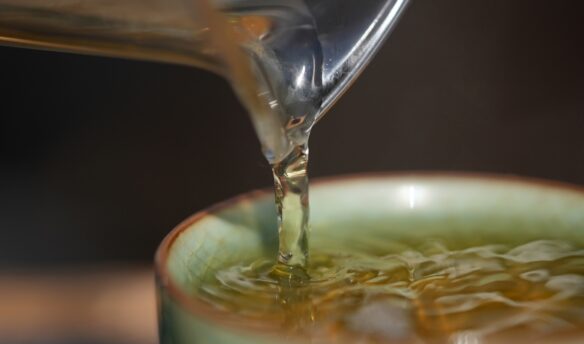(Photo: Aubrie Shramko.)
[W]ill Battle has traveled the world for almost two decades, establishing connections with tea suppliers, producers, and consumers on every continent. And now, Battle has compiled the tea knowledge he’s acquired over the last twenty years into the World Tea Encyclopaedia, his new 379-page book available in hardcover from Troubador Publishing.

The book describes, in detail, how and where tea is grown, prepared, and consumed. “The world of tea is a glorious one, redolent with variety and opportunity,” Battle writes in the introduction. “The self-evident blessings of a naturally conceived product should be the answer to our fear of what is regularly hidden in today’s ingredients lists.”
Readers can expect to be guided through the process of selecting which tea is perfectly suited for them, the whole time learning about the vast and occasionally subtle nuances of Camellia sinensis—more commonly known as the tea bush.
With evocative images, detailed maps of tea-growing regions, and insight that can only be gained from years of experience in the tea industry, the World Tea Encyclopaedia provides an in-depth look at tea for enthusiasts of all experience levels. Ever wondered why tea bushes are only grown in certain parts of the world? Battle explains. Interested in how different tea-producing regions transport their harvested leaves from the farm to the factory? You guessed it—he also covers that in his book, along with every conceivable detail in between.
“The diverse array of tea from across the world that is available at the click of a mouse or a visit to the local tea shop needs to be better known and understood,” Battle says.
With the World Tea Encyclopaedia, that understanding is right at readers’ fingertips.















